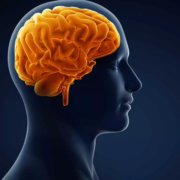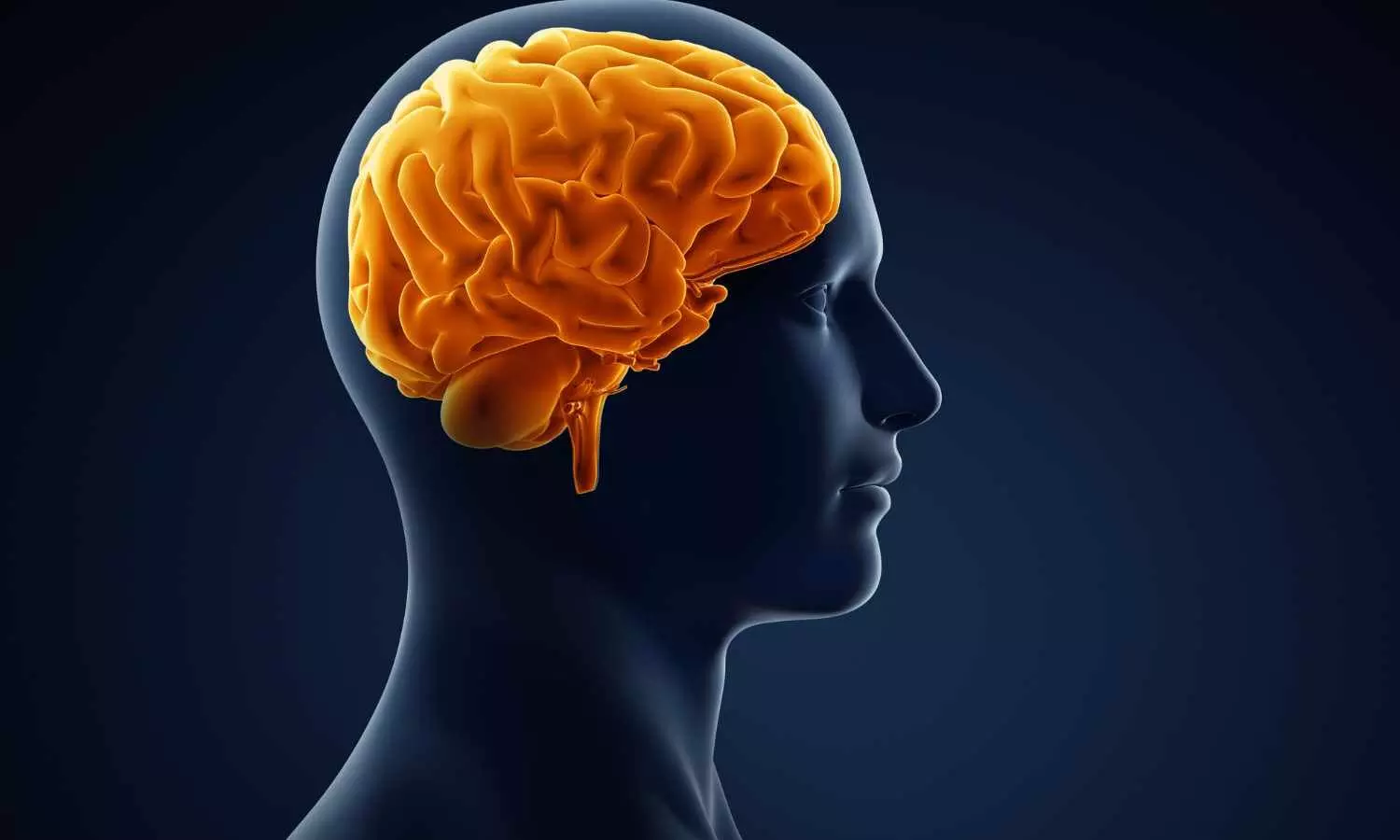AI analysis of colonoscopy improves assessment of Crohn’s disease

In a new study, artificial intelligence matched and potentially exceeded the performance of gastroenterologists and conventional scoring in evaluating endoscopies of Crohn’s disease patients.
The results, published in Clinical Gastroenterology and Hepatology, show a computer vision model identified mucosal ulceration as accurately as physician reviewing videos, while also being strongly correlated with the most common endoscopic scoring system.
“A clinician has a gestalt of whether someone’s Crohn’s is mild or severe, if it’s improving or worsening,” said Ryan W. Stidham, M.D., M.S., associate professor of internal medicine at the University of Michigan Medical School and senior author of the paper.
“But the manual tools to quantify that expert opinion with objectivity and reproducibly are poor. AI image analysis can provide better solutions for more precise measurements and descriptions of what we are seeing on the screen during colonoscopy.”
In the study, two gastroenterologists annotated ulcer areas in 4,487 still images from endoscopic videos. The computer vision AI model reviewed the same images, from previous clinical trials.
The AI model’s results had a higher overall DICE similarity score with ground truth (.591) than when comparing the agreement between two gastroenterologists (.462).
Computer vision assessments of the colonoscopy videos were also strongly correlated with Simple Endoscopic Score for Crohn’s Disease (SES-CD) values. SES-CD is a metric that attempts to manually quantify various characteristics of a patient’s ulceration.
While study authors note the importance of SES-CD for Crohn’s disease research and assessing the effectiveness of treatment, they also highlight its limitations, including variability among observers and inability to capture certain ulcer features.
Researchers hope that AI-powered metrics will not only improve consistency between providers but more importantly may offer more quantitative detail to describe disease.
“It can be hard to justify decisions, particularly if you’re talking about expensive drugs or riskier therapies,” Stidham said.
“One of the reasons for this research is to one day provide more objective evidence for an experienced clinician’s impression.”
Researchers identify several other potential advantages to more consistent endoscopy metrics. In areas without IBD specialists AI endoscopy interpretation may be used to guide treatment change based on expert decision making. For more experienced providers, the information can help them understand their own decision-making process.
They also highlight possible implications for education and drug development.
“This paper is really the first step, and I hope that it gets the entire field thinking of better ways to quantify IBD that more completely describe an individual patient,” Stidham said.
“It’s very early, but computer vision tools like this may provide an important component for the future of automated care, where AI and experts work together in treating patients.”
Reference:
Cai, Lingrui et al., Artificial Intelligence for Quantifying Endoscopic Mucosal Ulceration in Crohn’s Disease, Clinical Gastroenterology and Hepatology, DOI:10.1016/j.cgh.2025.05.026
Powered by WPeMatico















